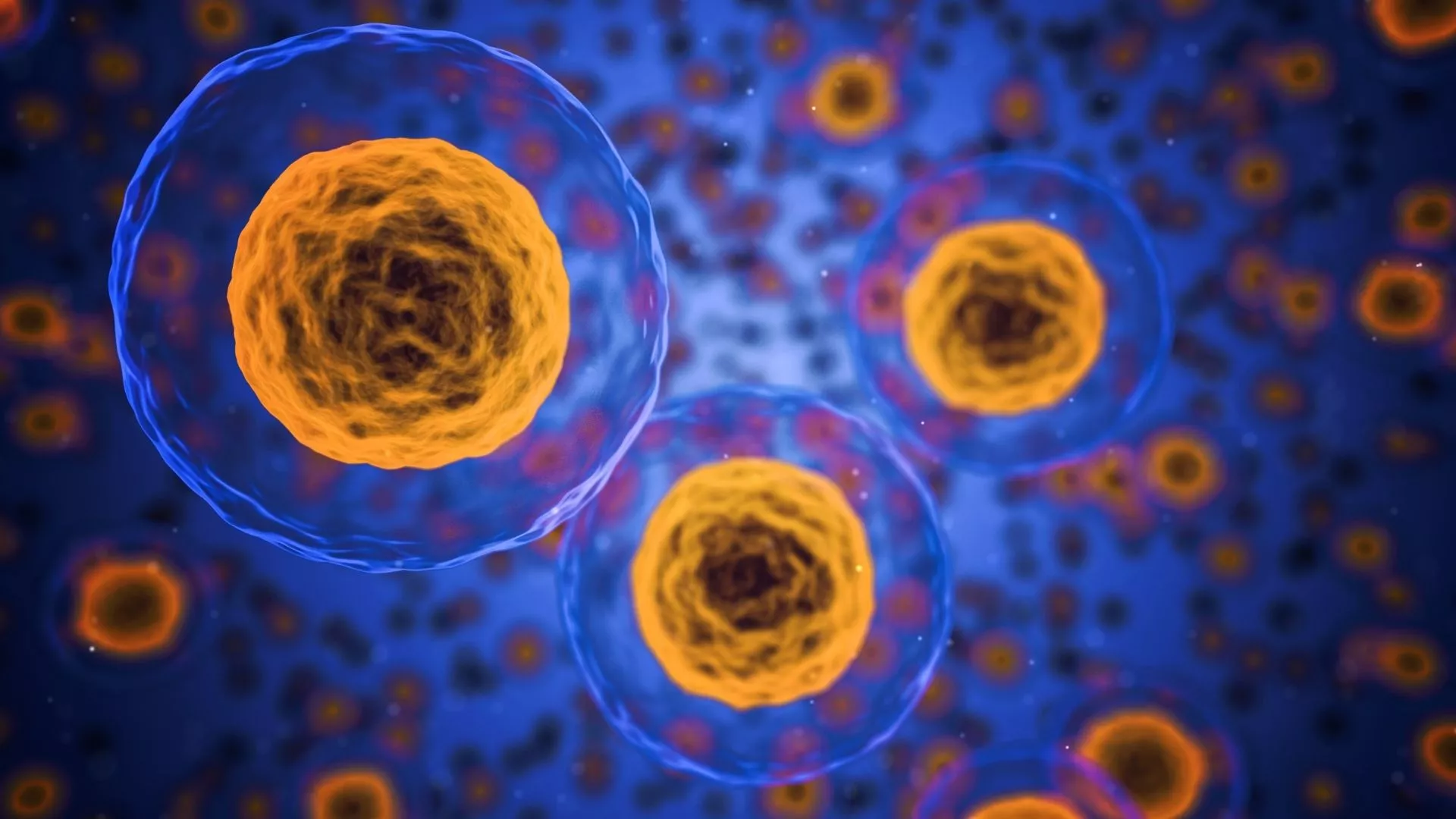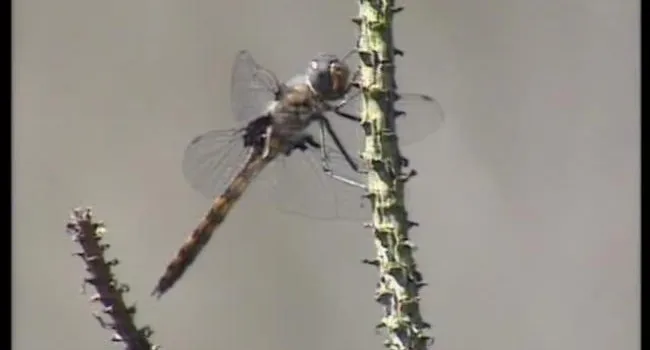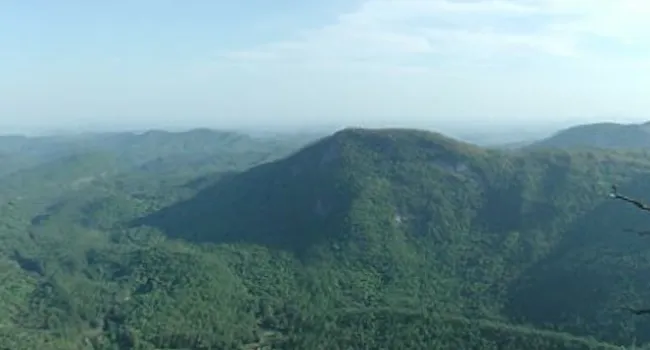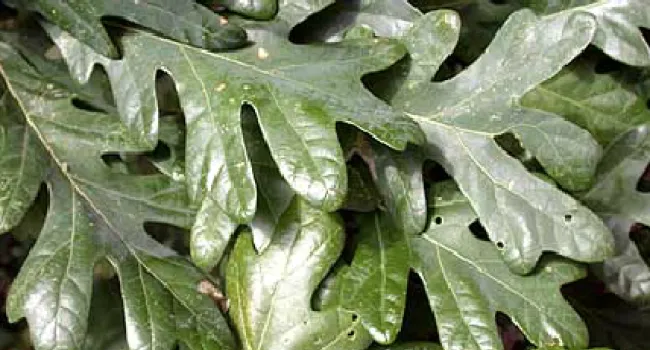
Santee National Wildlife Refuge (S.C.) Stop 4 5
Episode
5
Video
Dingle Pond is one of the thousands of “mysterious Carolina bays” found throughout the Carolinas. The pond is home to many species of ducks, and a woodpecker can be heard out in the distance. Little...








